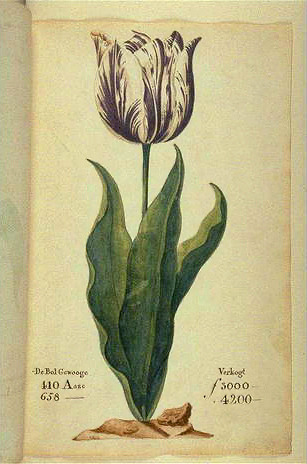Oh, scratch that bit about horses having absolutely nothing weird. One of the types of horses that everybody knows about certainly merits a place in Freak Week II.

Yes, those are racehorses. Yes, they are stranger than they look.
Horse racing itself has similar origins as car racing: day-to-day encounters with fellow charioteers naturally resulted in competition between riders, and somebody, somewhere decided to capitalize on the riders' competitive spirits. Nothing wrong with that, although we are sure many would admit that seeing horses run is far more fun than watching cars drive.
No, the horses running is not weird. The horses themselves are.
Most of the horses in racing today are part of a breed called Thoroughbreds. They are a cross between two different types of Arabian (Darley and Gondolphin), Byeley Turk, and English racing horses. They can come in many coat colors and are bred for a competitive temperament, speed, and agility. Again, no surprises there.

All Thoroughbred horses derive from one of three sires: Herod, Matchem, or Eclipse. Eclipse, a Darley Arabian, was never defeated, and hooo boy did he get immortalized in racing history. 95% of the male horses in racing today are directly related to Eclipse. Think about that for a bit: 9.5 out of ten horses at the track share the same dad, granddad, or great granddad. Creeeeepy.

Hey, bro. Or are you my second cousin?
I'll let Wikipedia tell you exactly why this is terrifying if the idea of you and your running partner sharing the same dad did not cement it in for you:
"According to one study, 78% of alleles in the current population can be traced to 30 foundation animals, 27 of which are male. Ten foundation mares account for 72% of maternal (tail-female) lineages, and, as noted above, one stallion appears in 95% of tail male lineages.[28]"
In other words, these horses are inbred to the degree that it makes purebred dogs look like they're not even cousins. Thoroughbreds are at risk of dying out due to lack of genetic diversity. It is not legit to register Thoroughbreds that have not been seen gettin' it on. No artificial insemination. No embryo transplants. All inbreeding for damn fast horses.

Yes, those are racehorses. Yes, they are stranger than they look.
Horse racing itself has similar origins as car racing: day-to-day encounters with fellow charioteers naturally resulted in competition between riders, and somebody, somewhere decided to capitalize on the riders' competitive spirits. Nothing wrong with that, although we are sure many would admit that seeing horses run is far more fun than watching cars drive.
No, the horses running is not weird. The horses themselves are.
Most of the horses in racing today are part of a breed called Thoroughbreds. They are a cross between two different types of Arabian (Darley and Gondolphin), Byeley Turk, and English racing horses. They can come in many coat colors and are bred for a competitive temperament, speed, and agility. Again, no surprises there.

All Thoroughbred horses derive from one of three sires: Herod, Matchem, or Eclipse. Eclipse, a Darley Arabian, was never defeated, and hooo boy did he get immortalized in racing history. 95% of the male horses in racing today are directly related to Eclipse. Think about that for a bit: 9.5 out of ten horses at the track share the same dad, granddad, or great granddad. Creeeeepy.

Hey, bro. Or are you my second cousin?
I'll let Wikipedia tell you exactly why this is terrifying if the idea of you and your running partner sharing the same dad did not cement it in for you:
"According to one study, 78% of alleles in the current population can be traced to 30 foundation animals, 27 of which are male. Ten foundation mares account for 72% of maternal (tail-female) lineages, and, as noted above, one stallion appears in 95% of tail male lineages.[28]"
In other words, these horses are inbred to the degree that it makes purebred dogs look like they're not even cousins. Thoroughbreds are at risk of dying out due to lack of genetic diversity. It is not legit to register Thoroughbreds that have not been seen gettin' it on. No artificial insemination. No embryo transplants. All inbreeding for damn fast horses.














